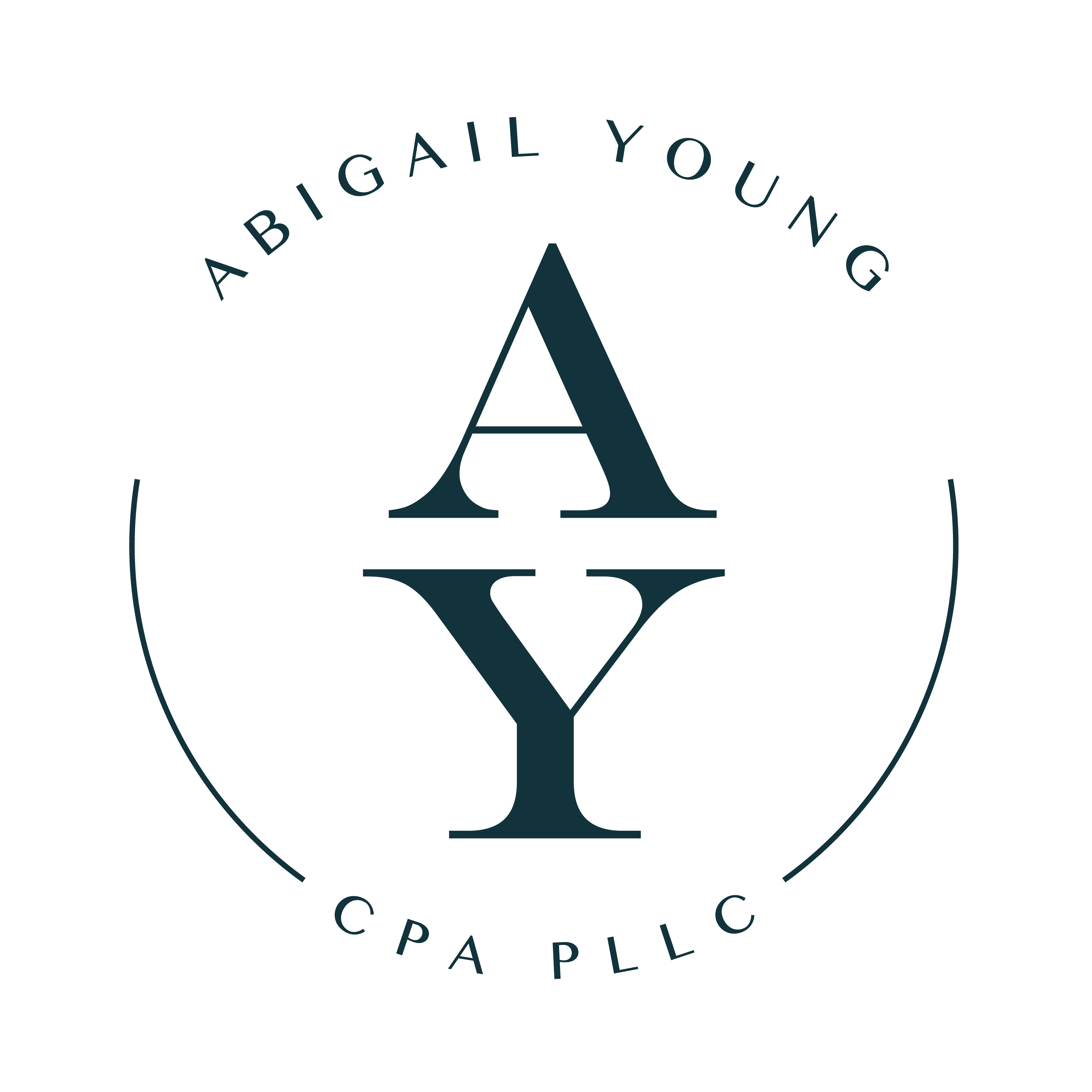Business Identity Theft: Safeguarding Against CyberCriminals
When we hear the phrase, “identity theft”, what often comes to mind is personal identity theft. While this form of identity theft can be utterly crippling to an individual’s life and finances, the scary truth is that more and more businesses are falling to business identity theft.
This category of identity tax theft can pose a serious threat to not only your business’s finances but to your ability to stay afloat following an attack.
Your international business accountant, Abigail Y. Murray, CPA, LLC., understands how devastating a business identity theft scheme against your company can be. That’s why we would like to share with you some valuable information to keep you informed and aware of what effect this type of cyber attack can have on your business.
The Issue of Business Taxpayer Identity Theft
Businesses frequently make transactions involving substantially larger amounts of money than the typical individual, have significantly larger account balances, and can assume sizable lines of credit compared to the average taxpayer.
Furthermore, a business can have various electronic systems with different banks to allow credit card payments from customers and other parties.
This makes businesses a desirable target for identity theft. Alongside the potential to obtain more money, there can potentially be easier access to a business’s financial information. A simple online search can provide information regarding the business’s tax identification numbers, revenues, names of lead personnel and their salaries, and business profit margins.
In terms of security against tax identity theft, individual identity theft is often prioritized and much more frequently spoken of. This means that business identity theft has a lesser known profile, which is frequently taken advantage of by savvy cybercriminals.
How Does a Criminal Go About Tax Identity Theft?
A vital tool that thieves use to complete their schemes is to gain access to a business’s Employer Identification Number (EIN). This number can allow criminals to seek out credit that they will use to make purchases and secure money. Additionally, the EIN can allow thieves to create a number of false W-2 forms that can result in even more taxpayer theft.
Here are the steps a thief may take when attempting to steal a business’s tax identity.
- Acquiring the EIN which may occur through various mediums:
- Online databases visible to the public can allow criminals to seek out an employer’s EIN.
- Websites created to search up EIN.
- 10-K forms as part of Securities and Exchange Commission’s (SEC) can reveal business EIN.
- Personal forms such as W-2, W-9, and 1099 forms.
- A business may even give access to the EIN via their website.
- After acquiring the EIN, the thief can file reports with the Secretaries of State of different states. Additional harm can be caused when criminals change the registered address of the business and also the name of the registered agent.
If the thief has acquired the necessary information, then they have all the tools to put their heinous schemes into action.
What Can Your Business Do to Prevent and Deter These Schemes?
The best way to avoid business identity theft is to be proactive and understand what tools of prevention you have at your disposal. According to the U.S. Small Business Administration, some of the best strategies to limit your risk of business identity theft include:
- Developing a protection plan that focuses on what steps and actions need to be taken should your business fall victim to identity theft.
- Protect valuable company information from online threats. Only use your EIN, account numbers, and financial information on sites that are secure with up-to-date security certificates.
- Protect company documents and records in a safe and secure location.
- Never provide valuable business information to anyone unless you have made the initial contact.
- Consider purchasing a high-grade micro cut shredder to destroy old paper documents no longer needed.
- Monitor your business credit reports and sign-up for email alert notifications to receive information in real time.
Because technology is often the catalyst for identity theft, you will want to adhere to the digital security best practices, which include:
- Strong firewall security for your company’s Internet connection.
- Virus and malware software and scheduled scans.
- Secured wireless networks.
- Secure offsite data storage.
- Train employees to follow security principles including using strong passwords, following appropriate Internet use guidelines, and rules on handling customer information.
- Control access to company computers.
- Limit employee ability to install software.
You should also be aware of what policies your bank recommends to prevent fraud on your account. Additionally, check on available security measures and depending on their cost, take up these preventative steps.
Another way you can keep reduce the risk of fraudulent activity is to check on your financial account each day to see that there is no questionable activity. Monitoring your data closely will give you the comfort of knowing all transactions are safe and your business identity is protected
In Case You Experience Fraud
Be sure to contact your bank and authorities as soon as you pick up on suspicious activity. The Secretary of State should also be made aware of the scenario. All correspondence between you and those that can help you resolve the issue should be kept in writing for reference.
Our McAllen CPA can help you to set up anti-fraud controls in your business, conduct frequent audits of your financial accounts, provide thorough bookkeeping services to monitor accounts and look for red flags, and much more.


